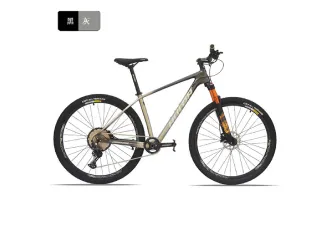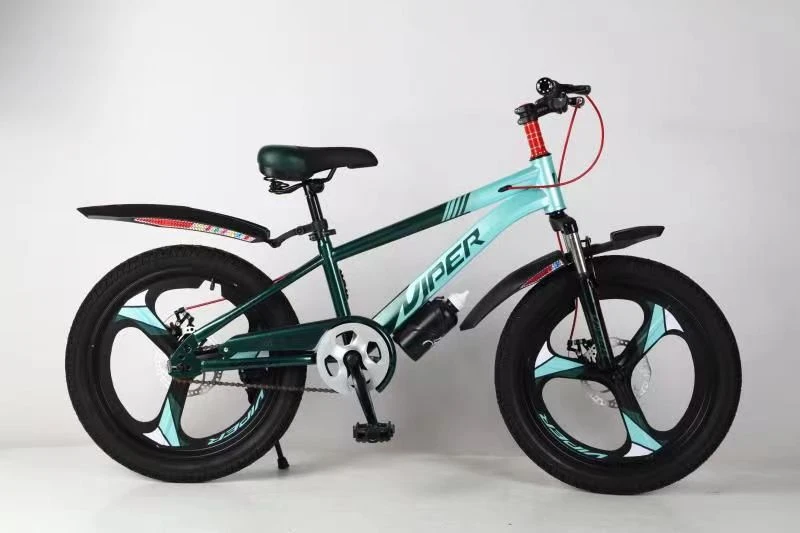
- Afrikaans
- Albanian
- Amharic
- Arabic
- Armenian
- Azerbaijani
- Basque
- Belarusian
- Bengali
- Bosnian
- Bulgarian
- Catalan
- Cebuano
- Corsican
- Croatian
- Czech
- Danish
- Dutch
- English
- Esperanto
- Estonian
- Finnish
- French
- Frisian
- Galician
- Georgian
- German
- Greek
- Gujarati
- Haitian Creole
- hausa
- hawaiian
- Hebrew
- Hindi
- Miao
- Hungarian
- Icelandic
- igbo
- Indonesian
- irish
- Italian
- Japanese
- Javanese
- Kannada
- kazakh
- Khmer
- Rwandese
- Korean
- Kurdish
- Kyrgyz
- Lao
- Latin
- Latvian
- Lithuanian
- Luxembourgish
- Macedonian
- Malgashi
- Malay
- Malayalam
- Maltese
- Maori
- Marathi
- Mongolian
- Myanmar
- Nepali
- Norwegian
- Norwegian
- Occitan
- Pashto
- Persian
- Polish
- Portuguese
- Punjabi
- Romanian
- Russian
- Samoan
- Scottish Gaelic
- Serbian
- Sesotho
- Shona
- Sindhi
- Sinhala
- Slovak
- Slovenian
- Somali
- Spanish
- Sundanese
- Swahili
- Swedish
- Tagalog
- Tajik
- Tamil
- Tatar
- Telugu
- Thai
- Turkish
- Turkmen
- Ukrainian
- Urdu
- Uighur
- Uzbek
- Vietnamese
- Welsh
- Bantu
- Yiddish
- Yoruba
- Zulu
Feb . 16, 2025 03:22 Back to list
Mountain Bike 26 Inch Shock-Absorbing Outdoor Riding Variable Speed Dirt Bike
Trail mountain biking is a thrilling pursuit that embodies adventure, technical skill, and a connection with nature. It’s more than just a sport; it’s a lifestyle that demands the right equipment to match the rugged terrains and high-octane experiences. When choosing a trail mountain bike, understanding the nuances of performance, capability, and design is crucial. This article delves into the key features, advancements, and expert recommendations to aid both novices and seasoned riders in selecting the optimal trail mountain bike.
Drivetrain systems on trail mountain bikes have evolved remarkably. The prevalence of single-chainring setups with wide-range cassettes has simplified gear management and reduced the weight, which can lead to enhanced focus on the ride itself. Drivetrains from Shimano and SRAM provide excellent shifting dynamics, reliability, and are often customizable to suit individual rider preferences. One cannot overlook the importance of reliable disc brakes on a trail mountain bike. Hydraulic disc brakes are recommended for their superior stopping power and modulation, allowing riders to navigate technical downhill sections with confidence. The responsiveness of braking systems can markedly affect performance, making it a vital feature of any trail-ready bike. To ensure that a trail mountain bike meets your specific needs, expert fitting and adjustments are essential. Seek professionals who can provide comprehensive bike fitting sessions to customize saddle position, handlebar reach, and suspension settings. Properly tailored adjustments ensure that the bike complements your body’s biomechanics, thereby enhancing comfort and control. In summary, the thriving world of trail mountain biking demands a bike that can withstand diverse challenges while delivering unparalleled performance. By focusing on crucial aspects such as suspension, frame materials, wheel size, drivetrain, and braking systems, riders can make informed decisions. Trusted manufacturers along with insights from professional riders create an authoritative confluence of knowledge that can guide enthusiasts toward their ideal trail mountain bike – one that not only meets their technical requirements but also enhances every adventure on the trail.


Drivetrain systems on trail mountain bikes have evolved remarkably. The prevalence of single-chainring setups with wide-range cassettes has simplified gear management and reduced the weight, which can lead to enhanced focus on the ride itself. Drivetrains from Shimano and SRAM provide excellent shifting dynamics, reliability, and are often customizable to suit individual rider preferences. One cannot overlook the importance of reliable disc brakes on a trail mountain bike. Hydraulic disc brakes are recommended for their superior stopping power and modulation, allowing riders to navigate technical downhill sections with confidence. The responsiveness of braking systems can markedly affect performance, making it a vital feature of any trail-ready bike. To ensure that a trail mountain bike meets your specific needs, expert fitting and adjustments are essential. Seek professionals who can provide comprehensive bike fitting sessions to customize saddle position, handlebar reach, and suspension settings. Properly tailored adjustments ensure that the bike complements your body’s biomechanics, thereby enhancing comfort and control. In summary, the thriving world of trail mountain biking demands a bike that can withstand diverse challenges while delivering unparalleled performance. By focusing on crucial aspects such as suspension, frame materials, wheel size, drivetrain, and braking systems, riders can make informed decisions. Trusted manufacturers along with insights from professional riders create an authoritative confluence of knowledge that can guide enthusiasts toward their ideal trail mountain bike – one that not only meets their technical requirements but also enhances every adventure on the trail.
Next:
Latest news
-
The Ultimate Kids' Four-Wheeler Experience
NewsJul.09,2025
-
The Ultimate Guide to Mountain Bikes: Gear Up for Your Ride
NewsJul.09,2025
-
The New Age of Cycling: Electric Bikes for Every Rider
NewsJul.09,2025
-
The Best Kids Bicycles: Ride in Style and Safety
NewsJul.09,2025
-
The Best 3-Wheel Scooters for Kids: Fun, Safety, and Adventure
NewsJul.09,2025
-
Revolutionize Your Ride: Affordable Electric Bikes
NewsJul.09,2025
-
Finding the Perfect Mountain Bike for Every Rider
NewsJul.09,2025



